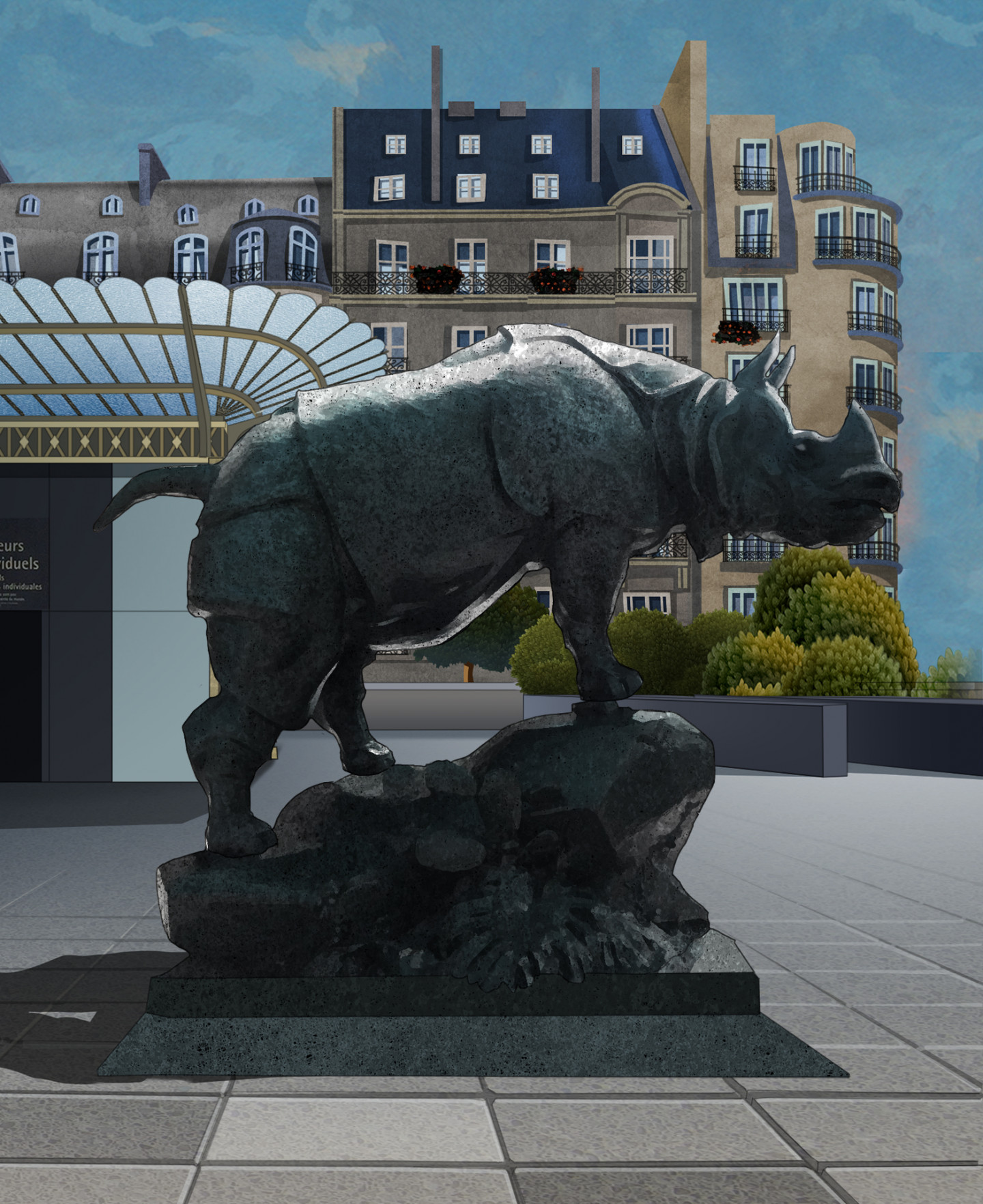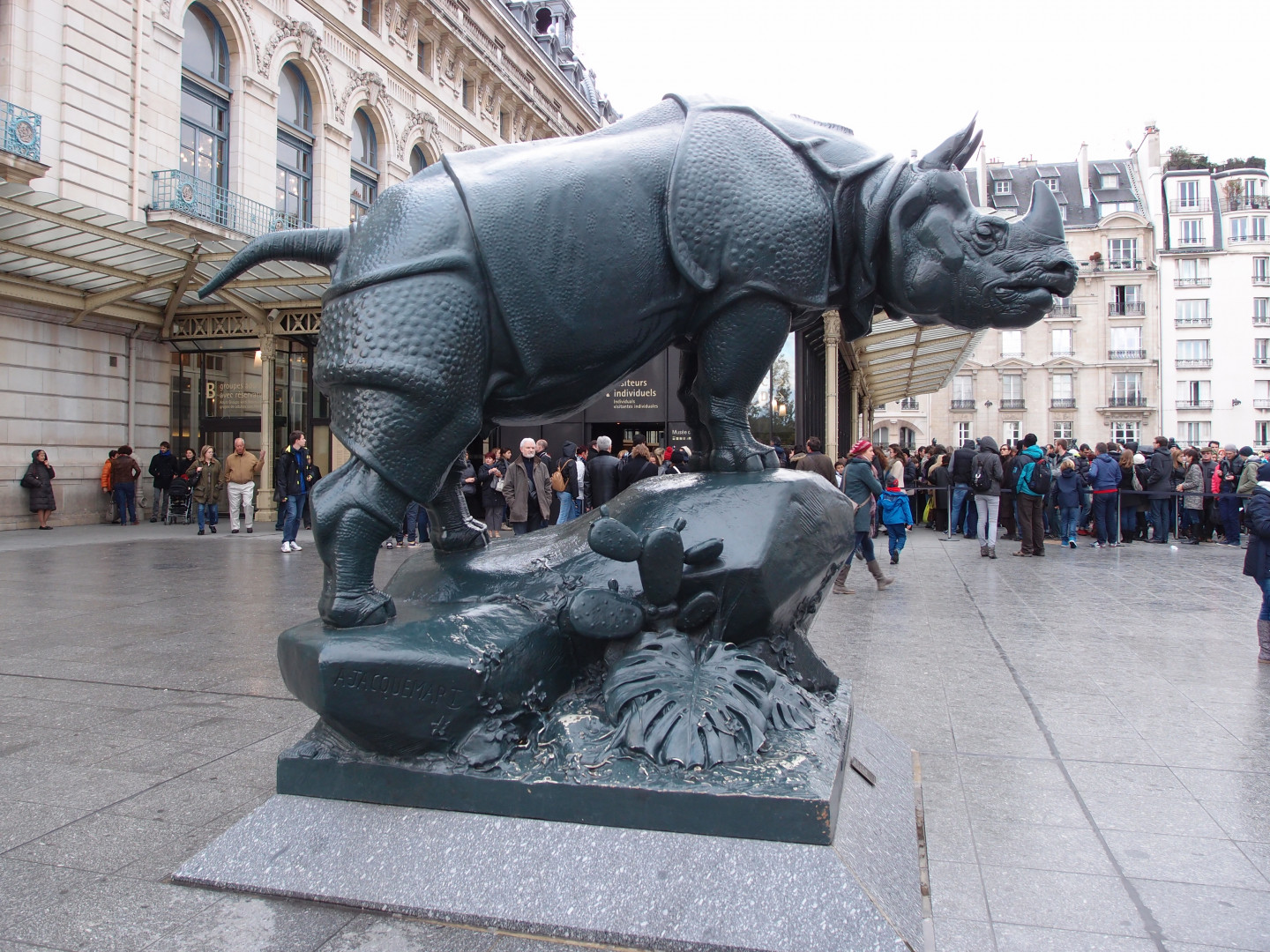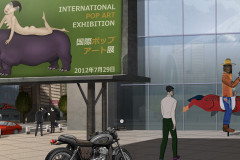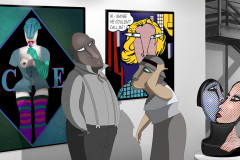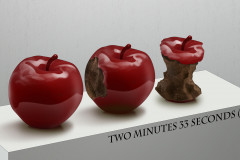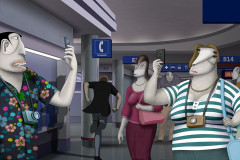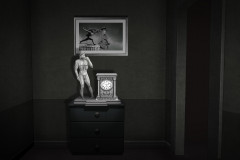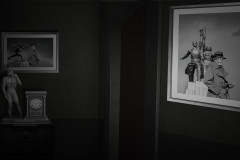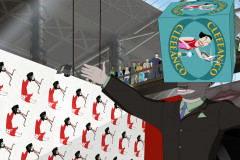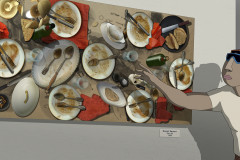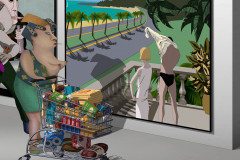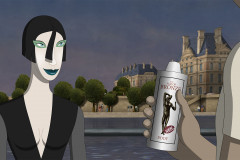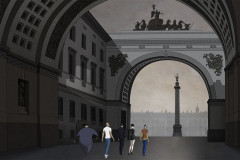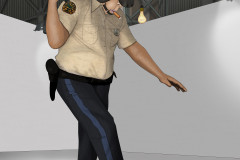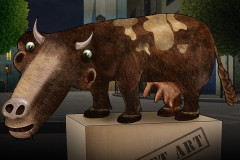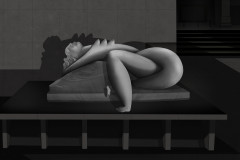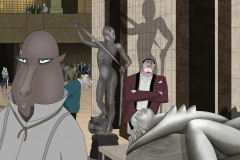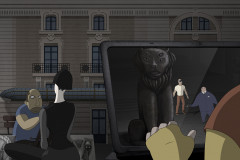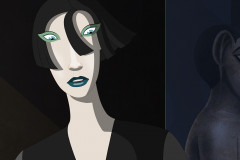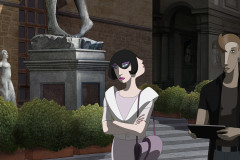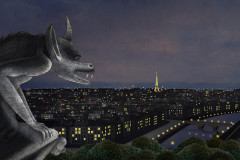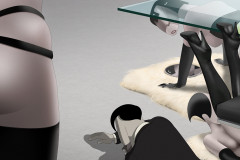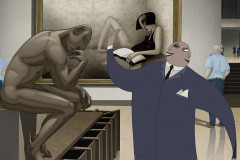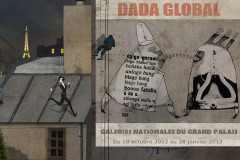Jacquemart, Alfred (1824-96): Orrszarvú 1878 (öntött vas, 286 cm magas), Párizs, Musée d'Orsay előtt. A 19. század közepén Franciaországban mind a festészetben, mind a szobrászatban nagy népszerűségnek örvendtek az önálló állatábrázolások. A filmben is többször szereplő Musée d'Orsay előtt álló életnagyságú orrszarvú az 1878-as világkiállítás helyszínén felállított négy állatszobor egyike.
Egy elefánt, egy ló, egy bika és egy orrszarvú – csupa erőállat, közülük kettő Európán kívüli, egzotikusnak számító tájakat képvisel: ezek álltak 1878-ban a párizsi Trocadero Palota előtt, amely a minden addiginál nagyobb szabású világkiállítás egyik fő helyszíne volt. Ez az időszak a világkiállítások fénykora, valóban teljességre törekedve próbálják bemutatni a korabeli világ kulturális javait, tudományos és technikai újításait - 1878-ban pl. az amerikai Bell telefonja is itt mutatkozott be. És itt értek a csúcsra a francia polgárság körében minden méretben és technikával készítve népszerű realisztikus „állatportrék” is, melyek készítésére számos szobrász szakosodott. Ez a fajta részletező élethűségre törekvő ábrázolásmód manapság inkább a játéküzletek műanyagállat „portréira” jellemző, de a 19. század közepének francia polgárai a köztereken is rajongtak értük. A precíz és lelkiismeretes munkájáról híres Jacquemart még a hatalamas presztízsű Francia Becsületrendet is elnyerte. Az orrszarvú társaival együtt 1935-ig volt a Trocadero Palota előtti szökőkútnál, onnan egy metróállomáshoz, majd 1986-ban a lóval és elefánttal együtt a Musée d'Orsay-hoz helyezték át, míg szegény bika messzire, a dél-franciaországi Nîmes-be került.
Jacquemart, Alfred (1824–1896): Rhinoceros, 1878 (cast iron, 286 cm tall), in front of the Musée d'Orsay, Paris. In mid-19th century France, standalone animal sculptures were immensely popular in both painting and sculpture. This life-sized rhinoceros, featured multiple times in Ruben Brandt, Collector, stands outside the Musée d'Orsay and is one of four animal statues originally created for the 1878 World’s Fair.
An elephant, a horse, a bull, and a rhinoceros—all powerful beasts, two of them representing exotic lands beyond Europe—stood in front of the Trocadéro Palace, one of the grand venues of the 1878 World’s Fair. This era marked the golden age of world expos, which aimed to comprehensively present the world’s cultural wealth, scientific breakthroughs, and technological innovations. In 1878, for instance, Bell’s telephone made its debut here. During this time, realistic “animal portraits” became wildly popular among the French bourgeoisie, crafted in every size and medium by sculptors who often specialized in this genre.
Today, such detailed naturalism is more typical of plastic animals in toy stores, but in the mid-19th century, these sculptures were admired in public spaces. Jacquemart, known for his meticulous and conscientious craftsmanship, was even awarded the prestigious French Legion of Honour. The rhinoceros and its companions remained at the Trocadéro’s fountain until 1935, after which they were relocated—first near a metro station, and then, in 1986, the rhino, horse, and elephant were moved to the Musée d'Orsay. The poor bull, however, ended up far away in Nîmes, in southern France.






